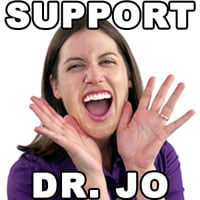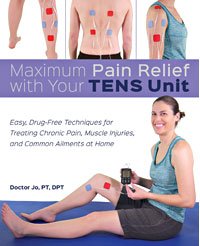Sponsored Content: This video contains paid product placement. Thank you to Move+ Pro for sponsoring this video and providing Doctor Jo with a free Move+ Pro Red Light Therapy Device to use. If you purchase this product from these links/ads, Doctor Jo will receive a commission.
Click here to Buy the Move+ Pro!
The term “Red Light Therapy” can mean many different things. So it’s important to know what type of Red Light Therapy you are getting from a device, and what type you actually need. In this video, I discuss the different types of Red Light Therapy, the benefits of each, and what you should look for in a Red Light Therapy Device.
The two main types of Red Light Therapy you’ll often see are LED Red Light and Infrared Light. Basically, infrared light has a longer wavelength so it can penetrate deeper into the skin. Both can be beneficial for inflammation and improving circulation, but infrared is going to be able to go deeper to the joint.
In the video, I’m using the Move+ Pro to demonstrate Red Light Therapy. The Move+ Pro uses both low-angle emission LEDs and medical-grade lasers to deliver therapeutic benefits to the body. It’s compact, and easy to use.
Research has shown that Red Light Therapy can help with many different aches and pains, and this is mainly due to the fact that most pain comes from inflammation. So when you can calm down the inflammation and improve circulation to an area, it can help with many different things.
Inflammation is our body’s way of protecting us from injuries and infections. Some inflammation is good and necessary to heal, but too much of it can cause damage and chronic pain.
Red Light Therapy is also known to be safe with very few side effects, but you should always check with your doctor or healthcare provider to make sure it’s right for you.
You may also like













